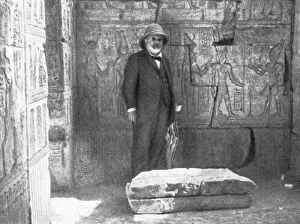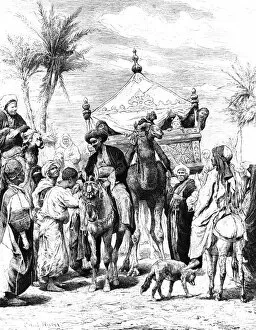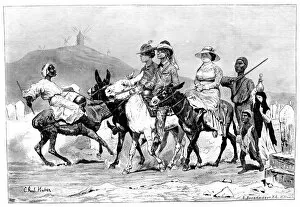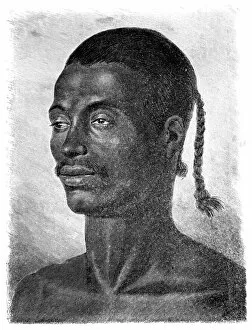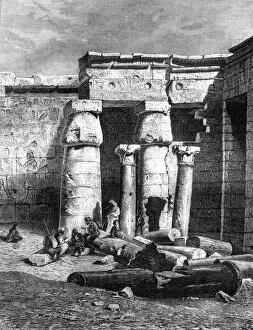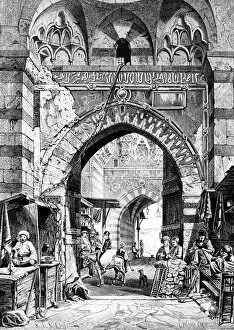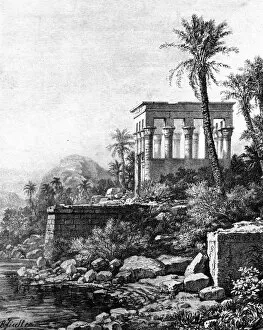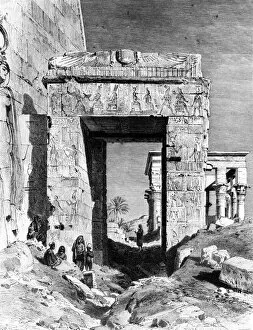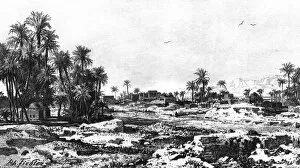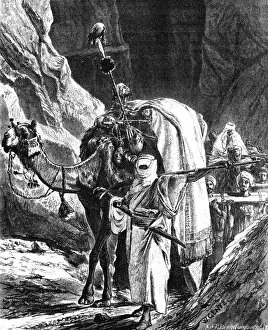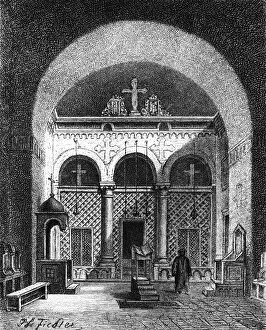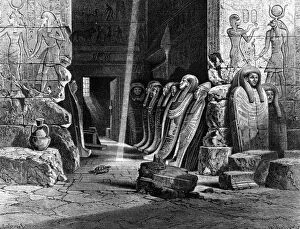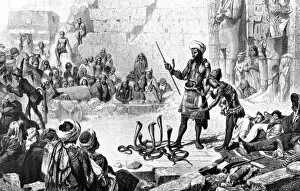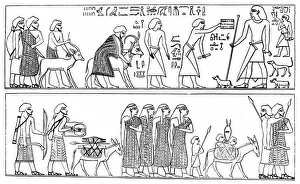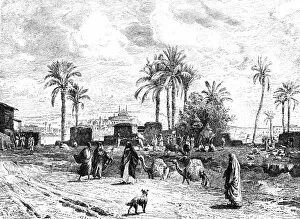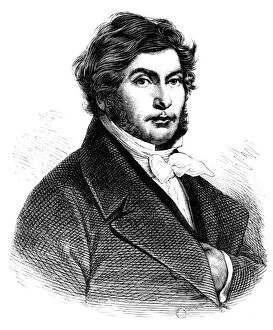Sir Gaston Camille Charles Maspero Collection
Sir Gaston Camille Charles Maspero was a renowned French Egyptologist and archaeologist who made significant contributions to the study of ancient Egyptian history
For sale as Licensed Images
Choose your image, Select your licence and Download the media
Sir Gaston Camille Charles Maspero was a renowned French Egyptologist and archaeologist who made significant contributions to the study of ancient Egyptian history. Born in Paris in 1846, Maspero dedicated his life to unraveling the mysteries of this fascinating civilization. In "The Return of the Pilgrimage" (1881), Maspero captured the essence of religious devotion as he documented pilgrims returning from their sacred journey. With an artist's eye, he depicted their weary yet fulfilled expressions, showcasing his talent for capturing human emotions. "A Band of Tourists, Egypt" (1881) showcases Maspero's ability to bring ancient ruins to life through art. Working alongside artist R Brandamour, they portrayed a group of tourists exploring the wonders of Egypt with awe and wonderment on their faces. Maspero's passion for understanding Egyptian culture is evident in "Egyptian Portrait" (1881). Through meticulous attention to detail, he created a lifelike portrait that provides insight into the lives and personalities of these ancient people. In "Convoy Returning with A Necropolis, Egypt, " Maspero documented an archaeological expedition unearthing tombs and funerary artifacts. His keen observation skills allowed him to capture every detail while conveying the excitement surrounding these discoveries. Maspero also explored Christian influence in Egypt with works like "Court with remainders of a Christian Church. " By documenting remnants from different periods throughout history, he shed light on how cultures intertwined over time. Between Khan El-Khalil lies another gem by Maspero titled "Between Khan El-Khalil, Egypt. " Collaborating with G Werner, they showcased bustling streets filled with vibrant markets and colorful characters - providing glimpses into everyday life during that period. "The Kiosk at Philae Temple" transports viewers back in time as it captures intricate architectural details amidst stunning natural surroundings. This piece exemplifies Maspero's ability to convey the grandeur of ancient Egyptian structures.

